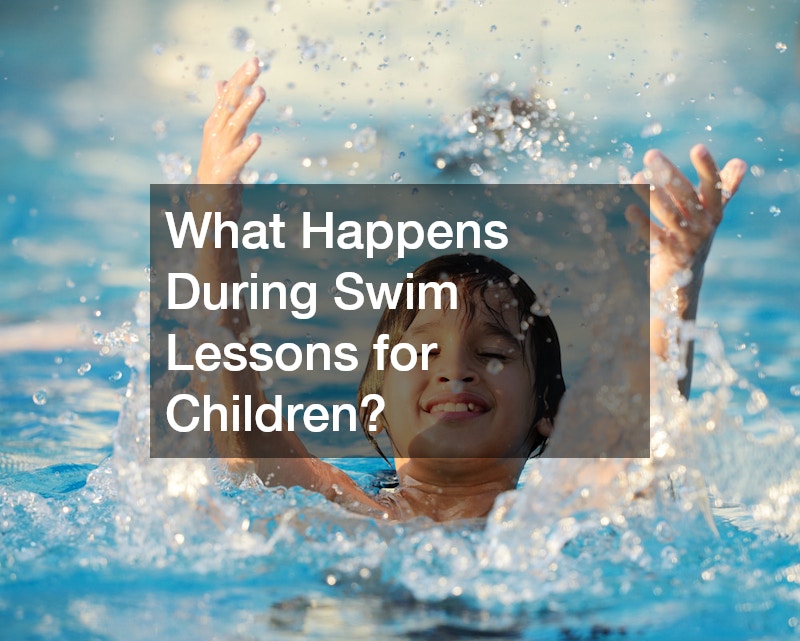Swim lessons for children are more than just an introduction to the pool—they serve as a foundation for developing water safety skills, building confidence, and fostering a love for physical activity. Whether you’re enrolling your child in swim lessons for the first time or continuing their aquatic education, understanding what happens during these lessons can help set expectations and ensure your child gets the most out of their experience.
1. Building Water Familiarity and Comfort
For younger children or beginners, the first step in swim lessons is often getting comfortable in the water. This can be an intimidating experience for some children, especially if they are not accustomed to being in the pool. Instructors typically use games, songs, and fun activities to help kids become familiar with the water without feeling scared or overwhelmed.
In this stage, children might learn how to:
- Get their face wet: The instructor may guide the child to splash their face with water, dip their face into the water, or practice blowing bubbles. This is essential for building trust in the water and overcoming any initial fear.
- Float: Children are taught how to float on their backs, often with the support of the instructor, to promote comfort and relaxation in the water.
- Kick: Simple kicking exercises are introduced to help children get used to the sensation of moving through the water. The goal is to strengthen their legs and build body awareness in the pool.
The key to this stage is creating a fun and positive environment where children can begin to see the water as a safe and enjoyable place.
2. Water Safety Skills
A significant part of swim lessons, especially for young children, is water safety. Teaching children how to stay safe in and around water is essential to preventing accidents and drowning. Instructors focus on imparting basic water safety skills that children can use in real-life situations.
Some of the fundamental water safety lessons may include:
- Entering and exiting the pool safely: Children learn how to enter and exit the pool properly, whether using the stairs, a ladder, or even jumping into the water.
- Treading water: Instructors introduce the concept of treading water, which involves using the arms and legs to keep the child afloat without swimming forward. This skill is critical in emergency situations where a child may need to remain afloat while waiting for help.
- Recognizing and responding to dangers: Instructors may teach children how to recognize potential dangers in the water, such as strong currents or other swimmers in distress, and how to react appropriately. While it may be difficult for very young children to understand the full scope of water risks, even basic concepts like “never swim alone” can be valuable.
By introducing safety concepts early on, children can develop an awareness of water hazards and start making smarter decisions around water.
3. Stroke Development and Technique
As children become more comfortable in the water and gain confidence, the focus shifts toward developing swimming strokes and improving technique. Most swim lessons follow a progressive curriculum that introduces different strokes in stages, allowing children to gradually master each one.
Instructors may start with simpler movements, like:
- Front crawl (freestyle): This is often one of the first strokes taught. Children learn to kick their legs while alternating their arms in a coordinated motion, while also practicing breathing to the side.
- Backstroke: Floating on their backs, children practice using their arms in a circular motion and kicking their legs in a flutter kick to move through the water.
- Breaststroke: The breaststroke introduces a frog-like kick and arm movements that make a heart-shaped pattern in the water. While this stroke is more advanced, children are often introduced to it once they have gained enough strength and coordination.
Throughout this phase, instructors focus on building endurance and teaching proper form. While technique is important, the emphasis is also on helping the child become comfortable with the rhythm of swimming and mastering the fundamental skills needed for swimming longer distances.
Conclusion
Swim lessons for children are an enriching and essential experience that teach much more than just how to swim. By focusing on water comfort, safety, technique, and fun, children develop valuable skills that promote both physical fitness and self-assurance. Whether your child is just beginning to dip their toes in the water or is working on advanced strokes, swim lessons provide a foundation for a lifetime of safe, confident swimming.
.



